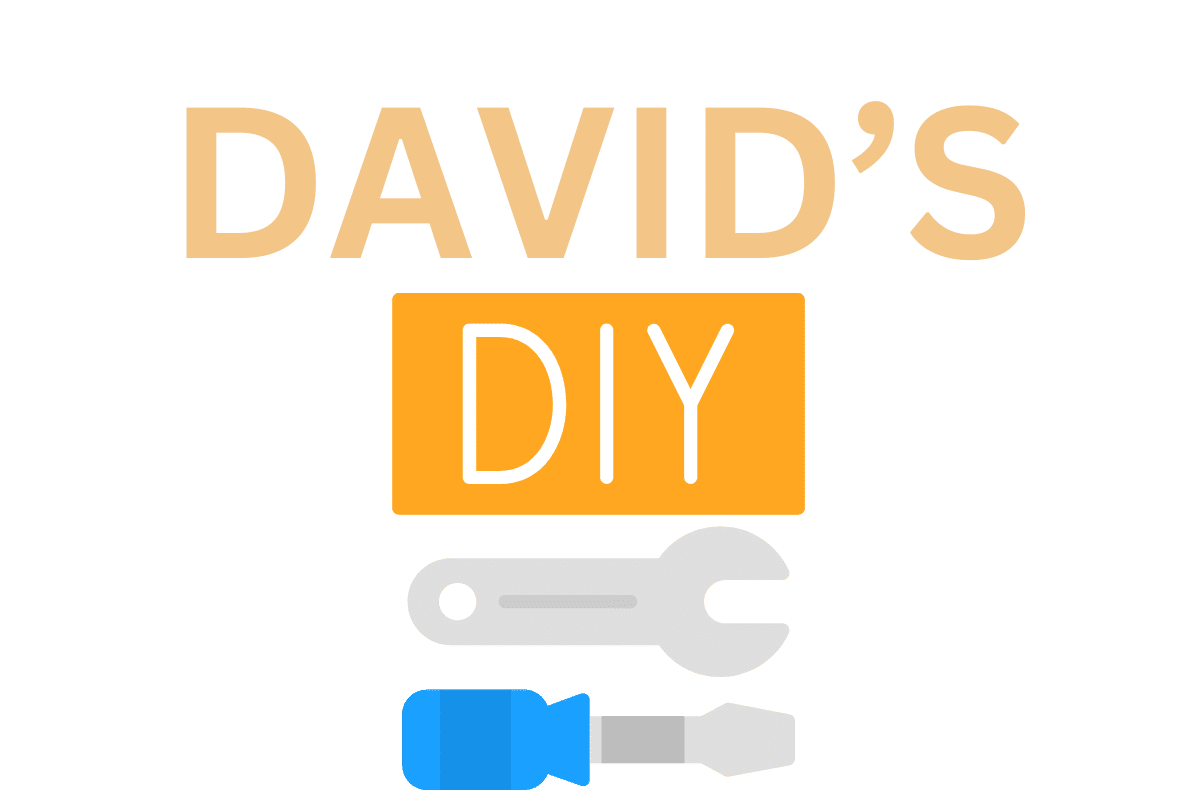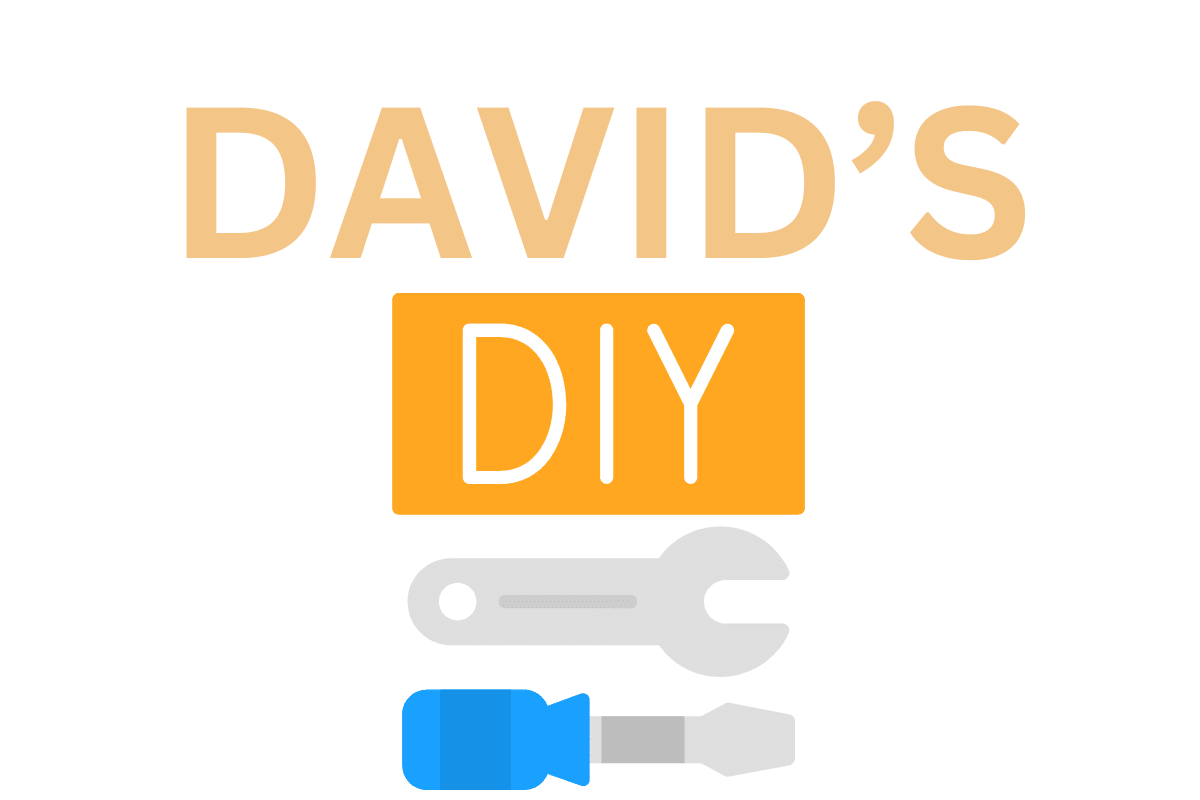As I stood amidst a pile of discarded cardboard boxes and old wooden crates, the idea of crafting a handmade toy kitchen from recycled materials began to take shape. Each piece held the potential to transform into a mini stovetop, a tiny sink, or even a cute little oven. The process of repurposing these items into a delightful play kitchen filled me with a sense of joy and accomplishment, knowing that not only was I creating something special, but I was also reducing waste in a creative way. The journey from trash to toy was about to unfold, revealing the magic of upcycling in creating a unique and eco-friendly play space for little ones.
Gather Recycled Materials and Tools
To kick off this project, gather up all the recycled materials and tools you’ll need to create your handmade toy kitchen. Material selection is crucial for eco-friendly crafting and promoting sustainable playtime. Look around your home for items like cardboard boxes, empty containers, bottle caps, and old utensils. These can be transformed into kitchen cabinets, stoves, sinks, and even utensils for the toy kitchen.
For tool preparation, make sure to have scissors, glue, paint, brushes, and markers ready. These essentials will help bring your toy kitchen to life. When selecting materials, opt for items that are safe for children to play with and easy to clean. Consider using non-toxic paints and adhesives to ensure a child-friendly environment.
Designing the Layout and Structure
Considering the available space and envisioning the functionality required, I sketch out a layout for the toy kitchen, ensuring it incorporates key elements like a stove, sink, and storage areas. Drawing layout inspiration from real kitchen designs, I factor in structural considerations to ensure stability and durability. Space optimization is crucial, so I decide to include vertical storage options like shelves and hooks to maximize the use of space.
To convey the layout visually, here is a table outlining the key components of the toy kitchen:
| Section | Features |
|---|---|
| Stove | Knobs, burners, oven |
| Sink | Faucet, basin, storage |
| Storage | Shelves, hooks, bins |
| Counter | Workspace, play area |
Material selection is also vital; I opt for sturdy materials like plywood for the structure, old metal bowls for the sink, and painted wooden knobs for the stove. This ensures the toy kitchen is not only functional but also aesthetically pleasing and environmentally friendly.
Building the Toy Kitchen Frame
With the layout plan finalized, the next step involves constructing the sturdy frame of the toy kitchen using durable materials like plywood and metal bowls. To create a solid foundation for the toy kitchen, follow these steps:
-
Woodworking Techniques: Begin by cutting the plywood into pieces according to the layout plan. Use woodworking techniques such as measuring, sawing, and sanding to ensure precise cuts and smooth edges.
-
Creative Upcycling: Incorporate creative upcycling by repurposing old metal bowls as sinks or stovetops. Secure the bowls onto the plywood frame using strong adhesive or screws to add functional elements to the toy kitchen.
-
Building Process, Eco-Friendly Design: Assemble the plywood pieces to form the basic structure of the toy kitchen, ensuring stability and durability. Embrace eco-friendly design by choosing non-toxic adhesives and paints for a safe play environment. This stage sets the foundation for the toy kitchen, combining woodworking techniques with creative upcycling to craft a unique and sustainable play area for children.
Adding Functional Elements and Details
Now, let’s talk about the exciting part – adding all the functional elements and details to our handmade toy kitchen! We’ll be crafting a miniature stove and sink, installing handy utensil hooks and shelves for storage, and adding decorative knobs and handles for that finishing touch. These features will not only enhance the aesthetic appeal but also provide a realistic play experience for little chefs.
Miniature Stove and Sink
To enhance the functionality and charm of the miniature toy kitchen, let’s delve into the intricate process of adding realistic elements to the stove and sink.
Adding Realistic Elements to the Stove and Sink:
- Faucet Knobs and Burners: Attach small buttons or beads as faucet knobs and use painted bottle caps as burners to create a lifelike stove appearance.
- Oven Door and Sink Basin: Cut out a small door from cardboard and attach it to the stove to mimic an oven. For the sink, use a shallow lid or container to create a basin, ensuring it is securely attached.
Utensil Hooks and Shelves
Positioning the utensil hooks and shelves strategically in the handmade toy kitchen not only adds functionality but also enhances the overall aesthetic appeal. When considering recycling hacks for DIY storage solutions, think about upcycled organization and creative displays. Upcycling old wooden spoons into hooks or repurposing tin cans as shelves can bring a unique charm to the kitchen setup. Mounting hooks at child-friendly heights allows easy access to play utensils, fostering a sense of independence during imaginative play. Utilizing shelves for displaying toy pots and pans not only keeps the play area organized but also encourages tidiness in kids. These small details can make a big impact on the overall look and feel of the toy kitchen, transforming it into a delightful play space.
Decorative Knobs and Handles
Enhancing the handmade toy kitchen with decorative knobs and handles not only adds functional elements but also provides intricate details that elevate the overall design. When it comes to DIY hardware and upcycled decor for the toy kitchen, here are some creative ideas to consider:
- Drawer Pulls: Repurpose old spoons or colorful buttons as drawer pulls for a unique touch.
- Cabinet Knobs: Use small wooden blocks painted in vibrant colors or mismatched antique knobs to create a charming look.
- Appliance Handles: Attach mini rolling pins or metal hooks as handles for the oven or refrigerator doors to enhance the realistic feel of the toy kitchen.
These simple yet thoughtful additions can transform a basic toy kitchen into a personalized and visually appealing play area.
Painting and Decorating the Toy Kitchen
When it comes to painting and decorating the toy kitchen, selecting the right colors and designs can bring the whole project to life and add a personal touch. Choosing a color palette that complements the overall theme of the kitchen is crucial. Soft pastel colors can create a cozy and inviting atmosphere, while bright colors can add a playful and vibrant feel. Consider adding embellishments like faux tiles or a chalkboard paint section for a realistic touch.
Personalization is key to making the toy kitchen truly unique. Incorporating your child’s favorite colors or patterns can make the kitchen feel special to them. Encouraging imaginative play, you could paint a little menu board or a tiny clock to enhance their make-believe cooking adventures. Don’t forget to involve your child in the decorating process; it can be a fun bonding experience and allow them to feel a sense of ownership over their toy kitchen.
Final Touches and Playtime Fun
Adding the final touches to your handmade toy kitchen can elevate its charm and prepare it for endless hours of playtime fun. As you put the finishing details in place, consider these tips to enhance the play experience:
-
Accessorize: Add miniature pots and pans, utensils, and even tiny play food to bring your toy kitchen to life. These accessories will spark imaginative cooking scenarios and make playtime more interactive.
-
Create a Play Menu: Design a menu board with different dishes or use chalkboard paint to allow kids to write their daily specials. This adds a creative element to playtime activities and encourages storytelling.
-
Build a Storage Space: Incorporate shelves or hooks to store the play kitchen accessories neatly. This not only keeps the play area organized but also teaches kids about tidying up after playtime, fostering a sense of responsibility.

